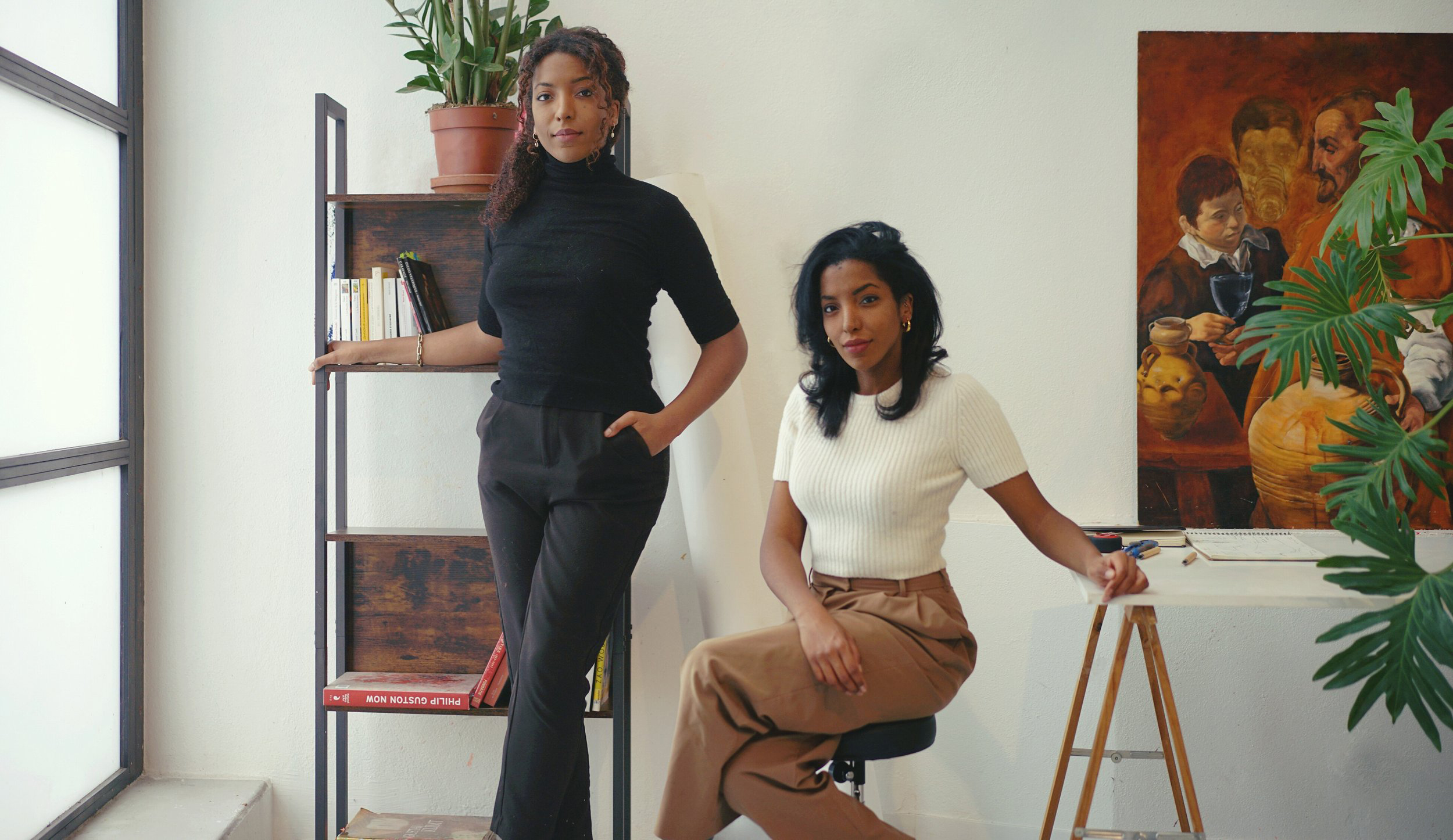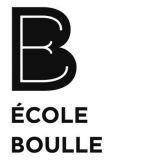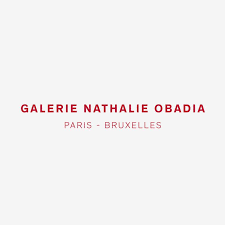“We aim to think a visual and sociological work capable of revealing the layers of memory buried within the urban fabric through traditions, flows, and bodies in motion.”
Johanna & Esther Mirabel
Artist / Architect
February-March 2026

- Visual Arts
- Miami
We are twin sisters, Johanna Mirabel, a visual artist, and Esther Mirabel, an interior architect and designer. Our joint practice emerged from a dialogue between our respective disciplines: painting, sculpture, and architecture. For several years, we have been developing hybrid works together—between installation, scenography, and sensitive cartography—that explore the memory of places and collective imaginaries.
Our paths are guided by a particular attention to spaces that are traversed, inhabited, vanished, or transformed. The idea of memory—both individual and collective—serves as a recurring thread in our work. We have notably worked on the concept of memory palaces (or the method of loci), in connection with the writings of Frances Yates, to conceive works anchored in a sensitive, emotional, and sometimes fictional spatiality.
We are interested in non-linear forms of memory: overlays, drifts, omissions, and reinventions. Through in situ installations such as Folie à deux (Galerie Nathalie Obadia, 2024) or Memory Palace (Fondation H and Emerige, 2023), we have created devices where intimate memory, psychogeographic mapping, and spirituality intertwine.
This collaborative work is a co-construction: we share our perceptions and memories, and places become structures to reactivate and reconstruct. Our residency project fully aligns with this approach, aiming to reveal the invisible landscapes of a territory through the stories, flows, and gestures of those who inhabit it.
Johanna Mirabel graduated from the Beaux‑Arts de Paris. A visual artist and recipient of the 2023 Emerige Grant, she will present the exhibition Adieu la chair at Galerie Nathalie Obadia in 2024. Her work has also been shown at MOCO and the Fondation H.
Esther Mirabel graduated from the École Boulle. An interior architect and designer, she founded Mirabel Studio, which has been recognized for projects combining art, design, and scenography. She develops sculptural and architectural installations based on narratives and sensitive memories.
Our project Invisible Landscapes aims to map human, cultural, and memorial flows through the study of ritual and festive practices in the city of Miami. Inspired by the method of loci, psychogeographic drift, and urban scenography, we seek to create a series of sensitive maps informed by our observations and encounters in the field.
ChatGPT said:
In partnership with

Ecole Boulle
Ecole Boulle is an internationally-renowned educational institution whose name is synonymous with expertise, cultural heritage and high standards, and whose courses are a reference. The school is highly reputed in the field of artistic craftsmanship, and also for the excellence of its design cursus. The staff’s cross – design and crafts – perspective on teaching guarantees continuous innovation in their professional practice.

Elliott Barnes Interiors

Nathalie Obadia Gallery

